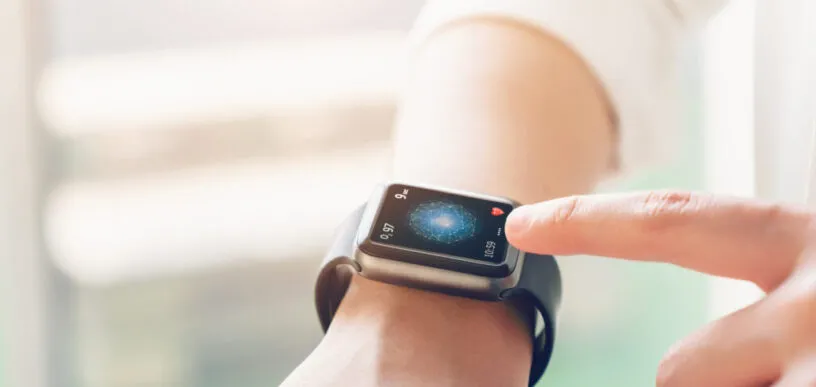Patient Insights from Sensor Data in Clinical Trials – The Context that Makes Movies Out of Moments | Patient Perspectives

This blog was authored by Anne Marie Mercurio. Anne Marie is a Patient Advocate and a member of Medidata’s Patient Insights Board.
As a Patient Advocate involved in gathering and sharing information through discussions, webinars, and conferences, I often hear quotes that are “Aha!” moments. One of those moments occurred recently when I heard Dr. Slepian, Professor of Medicine and Associate Department Head of BioMedical Engineering at the University of Arizona, say during a Medidata NEXT session:
“We are just seeing a snapshot of a patient during our visits, but their life is a movie.”
Dr. Slepian’s movie comment was the perfect context for my experiences with wearable sensors and the data they provide. I have an Oura Ring. I wear an Apple Watch. While neither of these devices is clinically validated, the information each provides is invaluable. My experience, told from a hindsight perspective, is one real-world example of how wearable sensors in clinical trials and other connected health devices can be used to help patients help themselves.
In March of 2020, as we began to realize SARS-CoV-2 was not just going away, I awoke one morning and as always, I opened the Oura app on my phone to sync my data from the ring to the app. Upon opening the app, I was invited to join the TemPredict study whose findings were subsequently published in Nature in December of 2020.1
I was eager to play any role I could to help advance our understanding of COVID-19, particularly as I live in New York, in what was considered the epicenter of the disease at the beginning of this public health crisis. I consented and participated in the study from my home. When the study was expanded with funding from the Department of Defense to include antibody testing, I was sent a kit with instructions for blood collection and how to return the specimen.
This whole process got me thinking. Simultaneously, I was my mom’s caregiver. She had been living with metastatic, but stable, breast cancer. In May of 2020, in what can only be described as horrible timing, she was out of effective, acceptable options for treatment. Cytotoxic agents were then administered, and they beat her up badly. Yet, none of us knew how badly because no one was able to see her for extended periods of time. We were all taking her at her word when she would tell us, “I’m feeling much better. I was able to get around today.”
She didn’t want any of us to worry. She was communicating with her care team but those virtual visits and even the in-person visits lasted just moments. The movie of my mom’s last months was not available for viewing by anyone except her. She was weak. She was barely getting off the sofa.
How might we change this? Had she had a connected device of any kind, perhaps her treatment team would have seen the lack of activity and I believe, would have had an opportunity to guide a much more robust discussion with her—and with me—regarding the clear and growing physical limitations the treatment was having on the quality of her life.
Some might say adding wearable sensors adds a layer of complexity, but with the announcement of Medidata’s Sensor Cloud, I see this as a seamless integration of caregivers and the patient’s medical team seeing the entire movie.
"With sensor data being generated from both medical grade and non-medical grade devices, there is a place for its use across the entire continuum of care."
– Anne Marie Mercurio, Patient Advocate, Medidata Patient Insights Board Member
I believe that connected sensor data should be incorporated into clinical trials whenever possible; this information, layered with all of the relevant clinical data, may provide far more insights for the research teams. By looking at the entire movie, we are capturing a much more relevant and far more realistic picture of how patients are faring. In this way, interventions for adverse events, even those that are seemingly “nuisance” events, might be addressed.
In our efforts to advance science and solve the impossible, we must be mindful of the entire patient experience. The use of sensor data from wearables and other connected devices in clinical trials might facilitate retention rates, particularly among those patients whose quality of life—a measurement subjective to each person—is being burdened by their participation. At the end of the day, this is a winning combination for all.
1 https://www.nature.com/articles/s41598-020-78355-6 (accessed October 11, 2021)
Explore Related Articles
Contact Us


